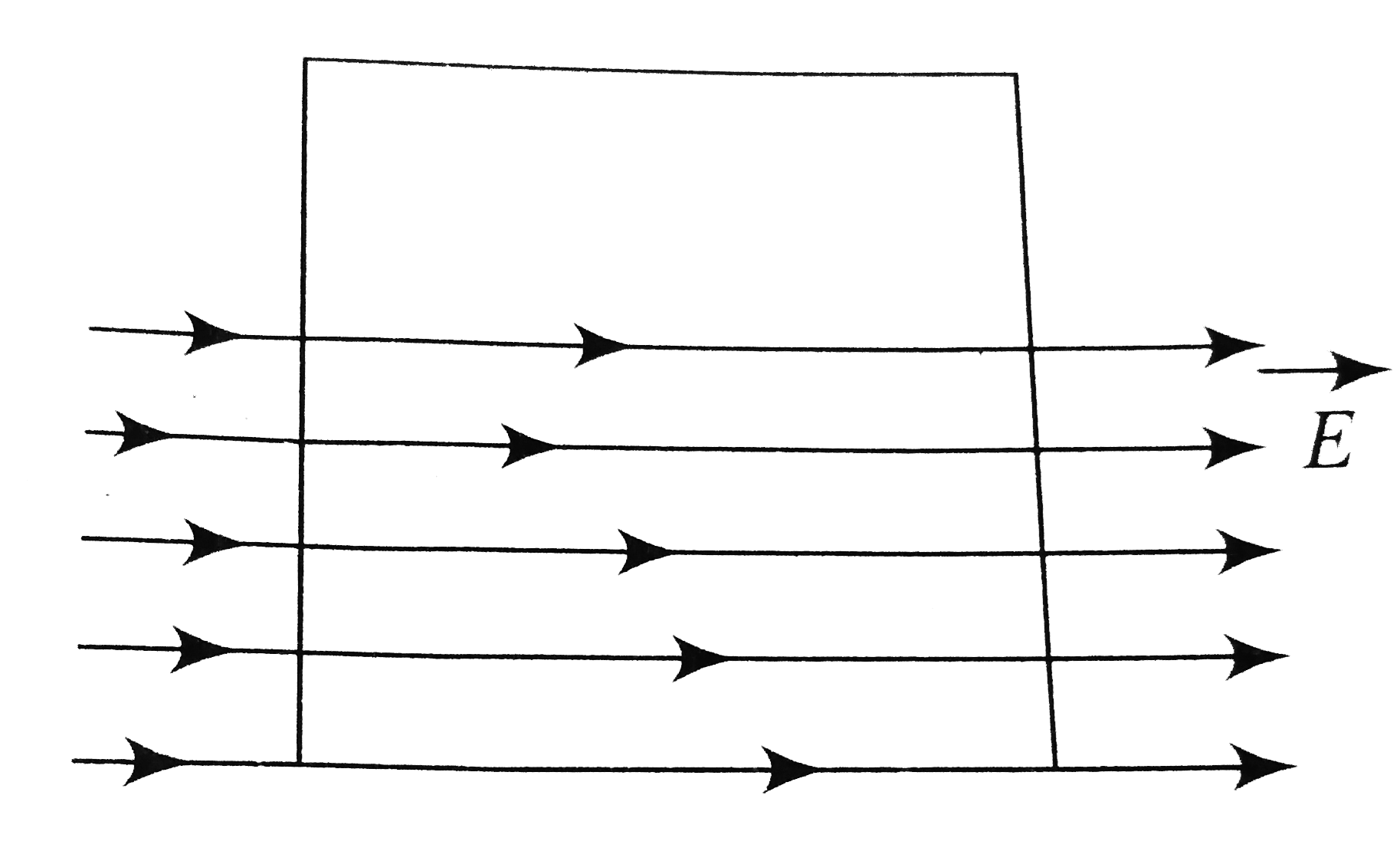To make a piece of paper float horizontally in air, we allow air to flow over the upper surface of the paper, but not below its lower surface. Why?
If air is allowed to flow horizontally over the upper surface of the paper, the velocity of air above the paper will be completively higher than that below it. According to Bernoulli.s theorem, the lower surface of the paper will experience a higher pressume than the upper surface. the resultant upward pressure keeps the piece of paper floating horizontally in air.
Topper's Solved these Questions
- VISCOSITY AND SURFACE TENSIONBOOK - CHHAYA PUBLICATIONCHAPTER - VISCOSITY AND SURFACE TENSIONEXERCISE - MCQs
22 Videos
- VISCOSITY AND SURFACE TENSIONBOOK - CHHAYA PUBLICATIONCHAPTER - VISCOSITY AND SURFACE TENSIONEXERCISE - EXERCISE (VERY SHORT ANSWER TYPE QUESTIONS)
23 Videos
- VISCOSITY AND SURFACE TENSIONBOOK - CHHAYA PUBLICATIONCHAPTER - VISCOSITY AND SURFACE TENSIONEXERCISE - EXERCISE (CBSE SCANNER)
9 Videos
- VECTORBOOK - CHHAYA PUBLICATIONCHAPTER - VECTOREXERCISE - CBSE SCANNER
19 Videos
- WBCHSE QUESTION PAPER -2019BOOK - CHHAYA PUBLICATIONCHAPTER - WBCHSE QUESTION PAPER -2019EXERCISE - SECTION - II ( GROUP -D)
10 Videos
Similar Questions
Knowledge Check
Air is streaming past a horizontal airplane wing such that its speed is 120 metre per sec over the upper surface and 90 metre per sec at the lowers surface. If the density of air is 1.3 kg per metre3 and the wing is 10 metre long and has an average width of 2 metre, then the difference of the pressure on the two sides of the wing is :
A4095.0 pascalB409.50 pascalC40.950 pascalD4.0950 pascalA square surface of side Lm is in the plane of the paper. A uniform electric field →E(V/m), also in the plane of the paper, is limited only to the lower half of the square surface (see figure). The electric flux in SI units associated with the surface is:
 AEL2/(2ε0)BEL2/2CzeroDEL2
AEL2/(2ε0)BEL2/2CzeroDEL2
A fully loaded Boeing aircraft has a mass of 3.3×105kg. Its total wing area is 500m2 . It is in level flight with a speed of 960km/h.
(a) Estimate the pressure difference between the lower and upper surfaces of the wings
(b) Estimate the fractional increases in the speed of the air on the upper surfaces of the wing relative to the lower surface. The density of air is 1.2kg/m3.
View SolutionA fully loaded Boeing aircraft has a mass of 3.3×105kg. Its total wing area is 500m2 . It is in level flight with a speed of 960km/h.
(a) Estimate the pressure difference between the lower and upper surfaces of the wings
(b) Estimate the fracitional increases in the speed of the air on the upper surfaces of the wing relative to the lower surface. The density of air is 1.2kg/m3.
View SolutionAir is streaming past a horizontal air plane wing such that its speed is 120ms−1 over the upper surface and 90ms−1 at the lower surface. If the density of air is 1.3kgm−3m find the difference in pressure between the top and bottom of the wing. If the wing is 10m long and has an average width of 2m, calculate the gross lift of the wing.
View SolutionA square surface of side Lm is in the plane of the paper. A uniform electric field →E(V/m), also in the plane of the paper, is limited only to the lower half of the square surface (see figure). The electric flux in SI units associated with the surface is:

View SolutionIn a test experiement on a model aeroplane in a wind tunnel, the flow speeds on the lower and upper surfaces of the wing are υ and υ√2 respectively. If the density of air is ρ and the surface area of the wings is A, what is the dynamic lift on the wing of aeroplane.
View SolutionLet us assume that air is under standard conditions close to the Earth's surface. Presuming that the temperature and the molar mass of air are independent of height, find the air pressure at the height 5.0km over the surface and in a mine at the depth 5.0km below the surface.
View Solution
